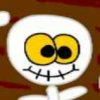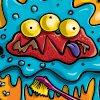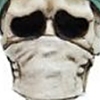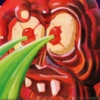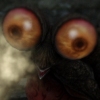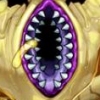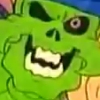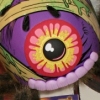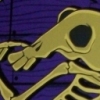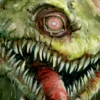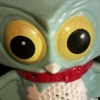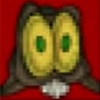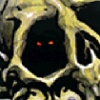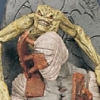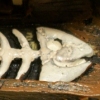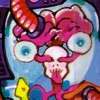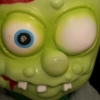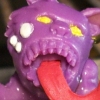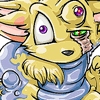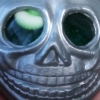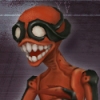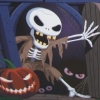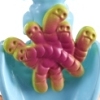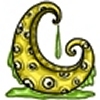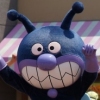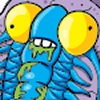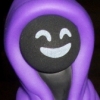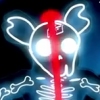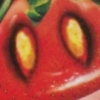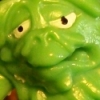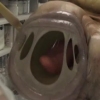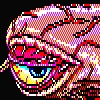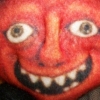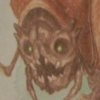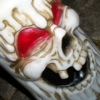
Written by Jonathan Wojcik
My Ten Favorite Things in 5th Edition Monster Manual
For someone who has played only a handful of times and fairly recently in my life, I have some
very strong feelings regarding
Dungeons and Dragons monsters, and it was pretty exciting to learn that the newest Monster Manual would be releasing, appropriately enough, just in time for October. If you've checked out the past reviews, you know that, for the most part, I have mixed to negative feelings about the game's art direction through the third and fourth editions, and in particular, the loss of fun, silliness and whimsy in favor of cool-by-numbers grit and grunge. I have tighter standards for Behirs and Owlbears than probably half the people who actually play, and we're going to see how this latest edition stacks up to my pathetic nerdery!

The Otyugh
We'll start with one I'm actually a little iffy about, since it's still nowhere near as darling as
some of my favorite incarnations, and I'm especially not certain how I feel about it having such a long muzzle, vertebrate-like body and even kind of a defined "head," like a three-legged lizard. I still want to think of the dung-eater as a blobby, more mollusk-like beast, one that looks in itself like a mass of rotting refuse, which would be quite appropriate for an "aberration," defined by the game world as unnatural abominations. Still, this is a step in a better direction than the last official Otyughs, with a crocodilian smile and bigger, more expressive eyes in its stalk. Already we're going back to a twinge of cuteness that you get in real, actual animals - even the most dangerous.
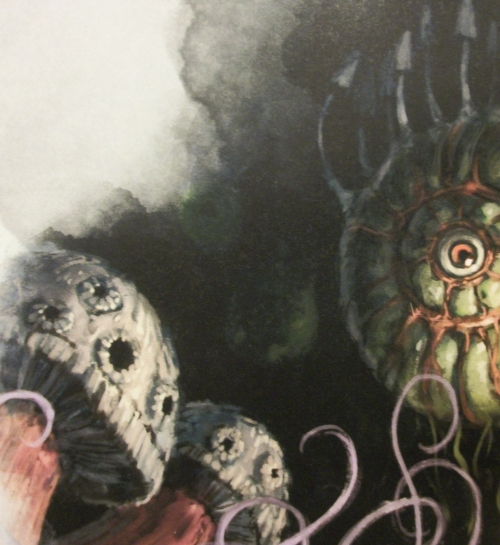
The Gas Spore
I see you there,
Gas Spore, half off the page. One of the oddest things in the original 70's manual, this completely unintelligent, floating fungal fruit crudely imitated the appearance of a
beholder, only to explode with deadly, toxic spores when attacked. Considering that beholders are incredibly powerful and dangerous monsters, the gas spore's life cycle basically depended on the existence of brave adventurers looking to score some major experience points...though beholders also have a tendency to attack each other for looking slightly different (eye of the beholder and all that), so maybe gas spores evolved to take advantage of eyeball monster racism.
In any case, the spores were seldom given much attention since their original appearance. In second addition, they were just passingly mentioned in the main entry on beholders. In their last appearance, they were something the
Myconids or "mushroom men" created. At long last, they're back to their roots, and the design is even a lot like the original, to boot! It's cool to once again have a "monster" that isn't even at all sapient, or even magical; sometimes, just an idly drifting, weird looking puffball can be a monster.
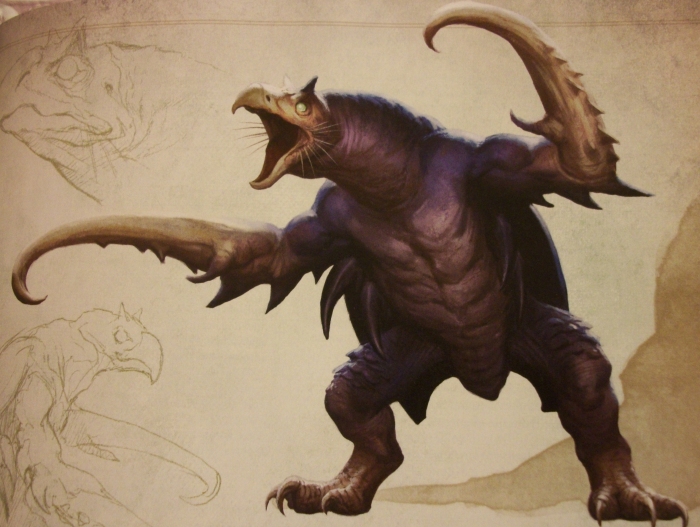
The Hook Horror
This is a monster I always meant to review back in the day, and just never got around to. The Hook Horror is basically a subterranean biped combining aspects of a vulture and an insect, with giant hooks for arms that it also rattles against its shell. Very strange, very unique, and a monster that's undergone a number of changes, from its original
earliest, somewhat comical appearance to a
more insectile form and finally a slew of
somewhat excessive hookers emphasizing more menace and especially more hooks.
Looking over these major leaps in its evolution, you might have already shared my conclusion that this latest representation combines all the best aspects of its predecessors, its anatomy still fairly strange and monstrous, but pleasingly believable. Not over the top, but not boring, either. It keeps the incredibly massive hooks from third and fourth edition - which make sense, for a monster whose possession of hooks is its entire claim to fame - but with a much eerier, more realistically bird-like face. Those little, round green eyes really tie the whole thing together, and I love the whiskers it seemingly borrowed from a
tawny frogmouth or
potoo.
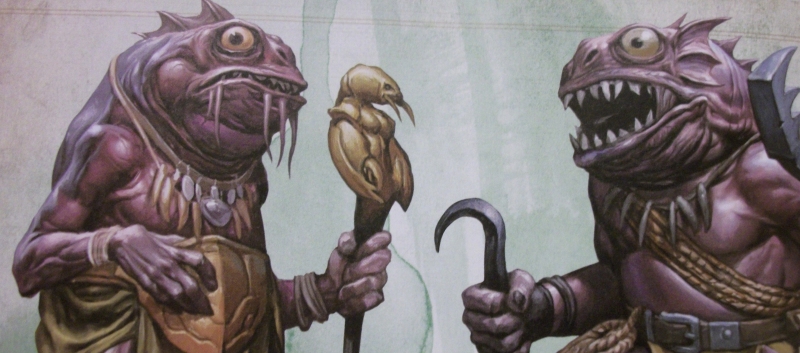
The Kuo-Toa
Another one I always thought about reviewing, Kuo-Toa are one of the game's
many fish-like races, and one I even kept skimming over for the first half of my life, presuming them little more than, well, another fish-like race.
How wrong I was. These little guys are honestly one of the game's most delightful species, driven so mad during their ancient stint as
Mind Flayer thralls that they now just up and invent their own gods to worship, which is as bonkers as it gets in a setting where gods are as real as the mailman and not all that much harder to get in touch with. The twist is, Kuo-Toa can
make their imaginary gods manifest into being when enough of them believe hard enough, tapping into subconscious, collective magic even they don't fully grasp.
"Madness" is the Kuo-Toa's schtick, and their 5e artwork just
perfectly captures it. They've looked buggy-eyed and maniacal before, sure, but looking at them here you can
really SEE how they're off in their own little twisted fish-people world. A dash of the cartoonish goes a long way in giving them a sense of personality, and even a rather frightening atmosphere.
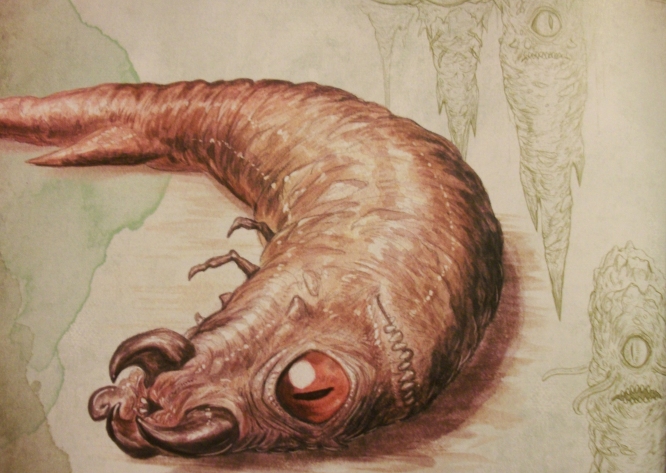
The Piercer
A classic of the original Monster Manual, the piercer hasn't been printed in core D&D material for a
very long time, written off as pointless and silly for being little more than basically a falling stalactite that also happens to be alive.
Well,
no more. With a relatively complex new anatomy, the piercer is now considered to be the larval stage of the
roper, which makes an enormous amount of sense. Both monsters imitate stalactites and stalagmites to ambush their prey, so why did it even take this long to make the connection? Despite the relationship, the piercer even gets its own place in the book, under "p," instead of just being an additional note in the Roper's entry. You deserve it, little guy.
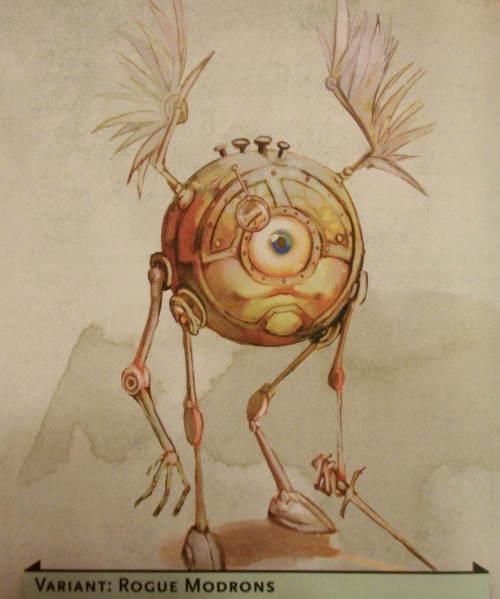
The Modrons
Oh my god. Modrons. First appearing way back in the original "Fiend Folio," Modrons were conceived as beings of pure "order" the way demons represent "evil" and angels represent "good," and yes, they all looked like bug-eyed geometric shapes. Their last official appearance was way back in second edition's
Planescape, and they've since appeared more often in lists of the "silliest" or even "dumbest" Dungeons and Dragons monsters. I never would have expected their return at all, let alone in this edition's core monster book, and I'm pretty happy about to say the least. I'm especially happy that they've held on to their overall look, making no attempt to pass themselves off as anything more dramatic, serious and intimidating. They were some of the silliest looking things in the game's entire legacy, and here they are, in 2014, completely unashamed of it. I'm beginning to think the spirit of
fun might be back in D&D's art direction.
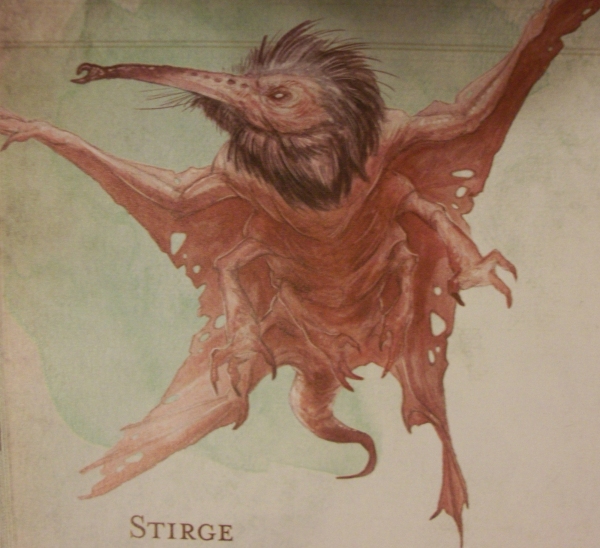
The Stirge
While not an especially popular monster, the stirge is one of my personal favorites across
nearly all of its previous designs. It's always been a scuzzy, sickly, grotesque combination of bat, bird and mosquito, and our newest stirge is very worthy of the torch, borrowing heavily from the first and third edition stirges - my two favorites! - while adding a bit of an
anteater quality I find more than welcome. What a beautifully unpleasant little thing to be latching onto you and guzzling your blood. Did you know that at a certain level, a druid player can take on the shape of any lower level "beast" basically every waking moment? Did you know they can also still cast their other spells as a beast? Did you know (or guess) that I'm saying all this because the
stirge is categorized as a "beast?" That, under the right circumstances, I could just
play as a damned stirge?
Who will it be? Who will step forward to DM a game for me where I can be a Stirge Druid?
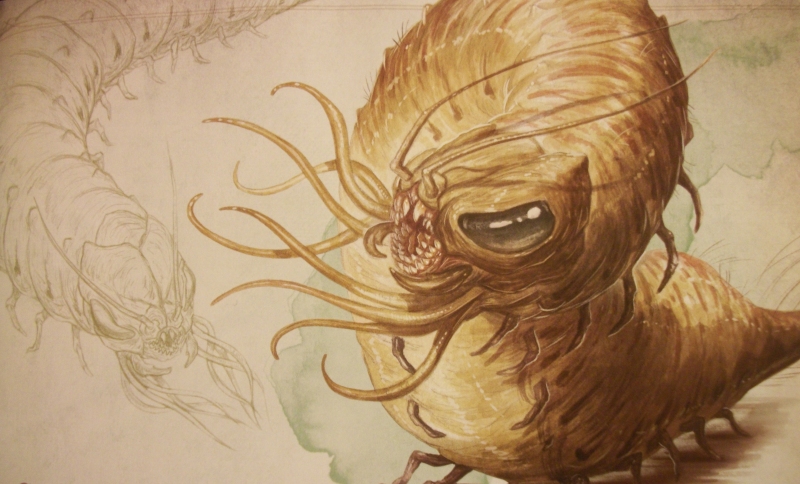
The Carrion Crawler
This is a monster
very special to me, and thus one that I'm
especially particular about. I accepted, but overall didn't care much for its second edition look, and found the third to fourth edition crawler just a little too different from the spirit of the concept.
After over a decade of the same overall design, I was fairly surprised to see another drastically new one, and while I don't adore it like I do the original, I do like it better than the last few. Once again, we have what's more or less a mash-up of a monster's whole design history. It has the pallid, maggot-like look of the second edition crawler, the fangly maw of the third, and even subtle, nubby back spines like good old Hobby-Bug. I'd still prefer rounder, more emotionless eyes and a completely toothless mouth, which was an aspect I particularly liked from first edition, and I still miss my little friend's weird "brain case." I'm going to say I also definitely like the more colorful interpretations of the crawler, but I can certainly understand the more maggoty scheme.
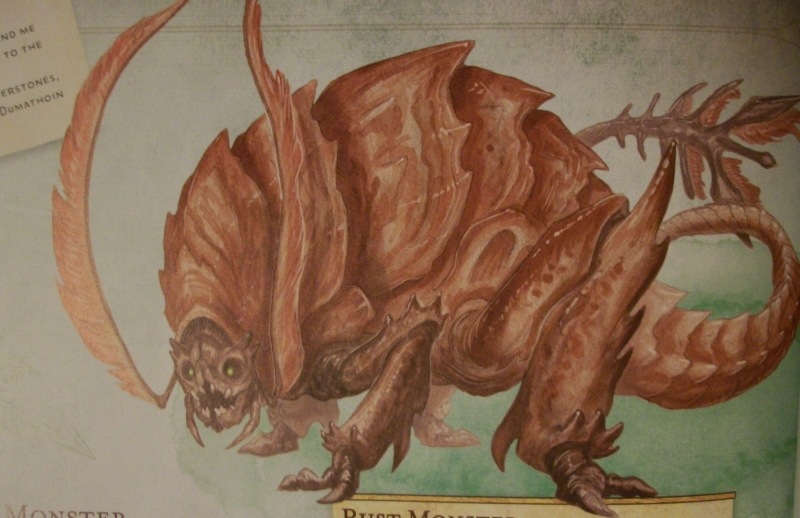
The Rust Monster
This is another whose
very oldest design will forever remain my favorite, with its
funny little face, knobbly body and bony appendages lifted off a strange, inexplicable faux-dinosaur. I rather surprisingly never liked the
more insectoidd direction it went, which just didn't feel quite as
strange as whatever its original taxonomy could have possibly been. This one, though? I like this. I still like rocky warts more than overlapping plates, and I still like cartilaginous frog-legs more than these insect ones, but that
face. There is so much more character in that face than any rust monster to date. It's like a cross between a cockroach and a pug. It's both as ghoulish and as
precious as it always should have been. I don't know how many people would be reading this and not know anything about rust monsters, but in the off chance that's the case, you're looking at a docile, gentle, non-violent and seldom directly deadly creature. As its name implies, the only thing a rust monster does is
rust stuff. It eats metal, ruining your weapons and armor but leaving the rest of you unscathed, and it even makes a good pet!
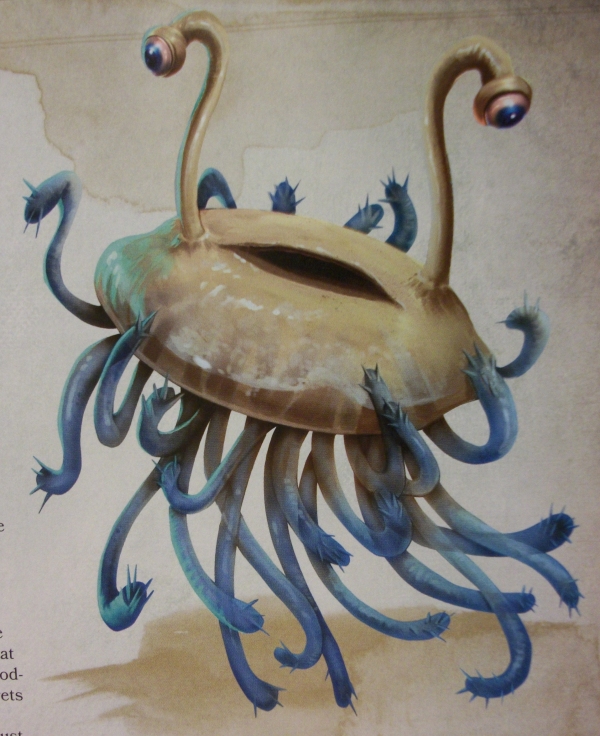
THE FLUMPH. THE FLUMPH. THE FLUMPH.
THE FLUMPH.
THE FLUMPH.
THE FLUMPH!!!
If you didn't emit any audible sound of delight when you first saw this illustration, then there's no way you can ever understand how I feel. This totally alien yet highly intelligent and "lawfully good" monster first appeared in 1981 and
plugged along for quite a while, only to find itself mocked and derided as another notoriously "goofy" concept. Made fun of repeatedly by
The Order of the Stick, Something Awful and a number of gaming websites, the Flumph was reduced by fans to a running joke appreciated more "sarcastically" than earnestly, all because a saucer-shaped flying monster who can talk and hates evil was for some reason just too weird for people who play
Critters n' Catacombs.
But the
joke's on you, nerds, because all your "ironic" love has brought the flumph straight back into the spotlight, back into the 5th edition Monster Manual, and against all odds - contrary to positively everything else published for the game since the early 2000's - its latest illustration is
the very silliest and goofiest of them all. Has that EVER happened? Has D&D ever updated a monster without trying to make it "cooler?" I'm sure it has, but probably not to
this degree.
This artwork boldly, unapologetically aims for the absurd and downright adorable, a look of childlike bewilderment in its googly eyes, air-hole and pudgy little tentacles. Seizing everything that made the Flumph the butt of jokes and running with it, the book basically paints them as the sweetest, saddest and most innocent denizens of the underdark, gentle beings horrified and sickened by the very thought processes of evil beings - which, unfortunately, they have little choice but to endure, because Flumphs are not only psychic, but
feed on the thoughts of other psychic monsters, and they don't have a whole lot of non-evil food sources in the underdark. Like mental bedbugs, they constantly hide from their own hosts, including the nightmarish aboleths and brain-eating illithids. This is, I do believe, an entirely new addition to Flumph lore, and it couldn't be more perfect. You can now befriend the lovable, tentacled
parasites of maniacal, tentacled abominations. The
cooties of Cthulhu.
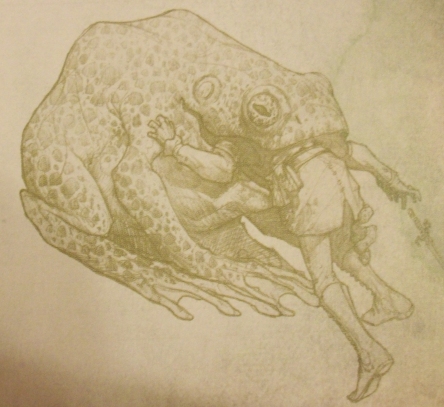
While its art can be a bit of a mixed bag, the 5th Edition Monster Manual definitely brings a little trickle of magic, wonderment and humor back into the franchise, and if that's the start of a trend, I can't wait to see what we get in subsequent creature books. The Flumph alone might just be one of the best early birthday presents I've ever gotten from a company that didn't actually know I existed.
Halloween 2014 Archive:
